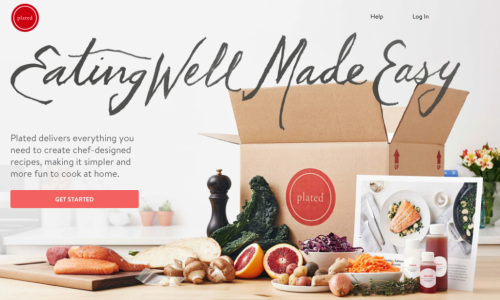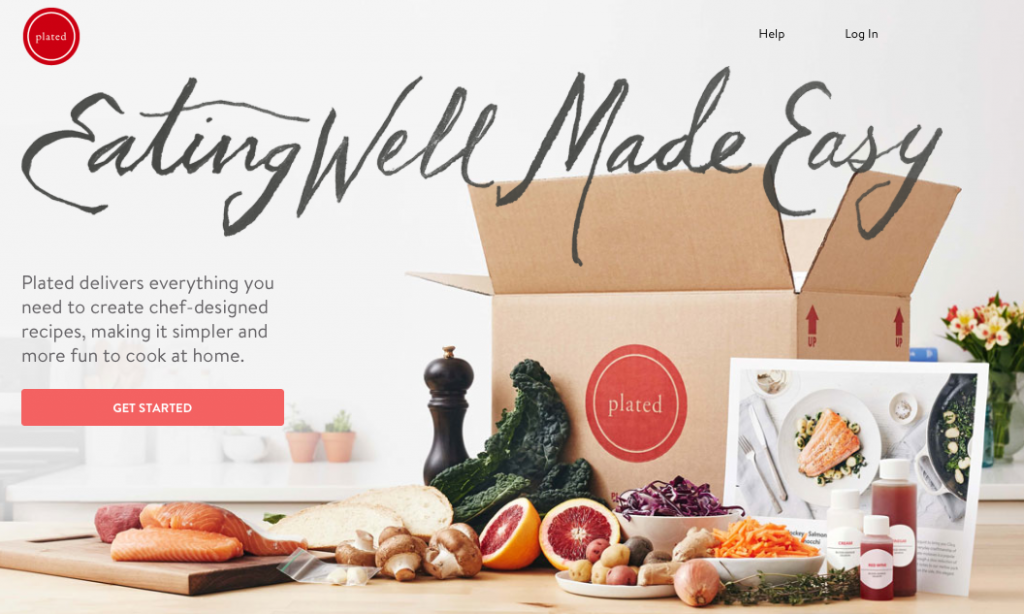
The Four Elements of Status Quo Bias and how eCommerce Firms can Overcome Them
One of the challenges online marketers face is overcoming “status quo bias.” Status quo bias is defined by Wikipedia as a cognitive bias or preference for the current state of affairs. The current baseline (or status quo) is taken as a reference point, and any change from that baseline is perceived as a loss. [1]
So why is this subject important for eCommerce merchants?
When your customers are browsing your website, they are hit with status quo bias when they review products, determine whether to add them to their cart, and decide whether to complete the purchase. In many cases, their response to their own status-quo bias is to abandon the cart and not make that purchase.
Or they may not even get to the cart stage—as customers look through your site and consider options, they may be overwhelmed by too many choices or concerns over costs (real or perceived) and give up before they even make a choice.
In any case, you didn’t make the sale. All you’ll see is a visitor who exits your site without making a purchase or the dreaded abandoned cart.
While there are plenty of customer retargeting and cart recovery tools, you should start thinking about how your customers experience their own Status Quo bias, and look to build your eCommerce website in a way that helps overcome it.
Corporate Visions, a leading marketing and sales messaging company, shared four reasons firms fall victim to status-quo bias at a recent Chicago Executive Insights session entitled: Performance Stability, Anticipated Regret, Cost, and Selection Difficulty. Let’s look at each, as well as examples or tactics that show how eCommerce firms are overcoming status quo bias.
1. Preference stability: Preference stability, simply explained, is the observation that once you get people to purchase something in a certain way, it’s really hard to get them to change. Online merchants need to provide customers with tools that help them overcome preference stability. Examples include the obvious—such as new customer discounts for first time buyers.
A more difficult challenge is to get customers to change their eating habits. Plated, an online firm that sells meal kits online, enabling busy people to quickly cook a fresh, restaurant-quality meal at home, goes beyond the first time discount. They overcome their target customers’ preference stability (order out, go to a restaurant, etc.). Plated shares education content showing exactly what you’re getting, plays up the fun nature of a couple’s activity to prepare their dinner together, providing detailed ingredient lists, and even sharing the packing approach—all to ease the pain of changing the way their target consumer eats.
2. Anticipated regret. Before clicking the purchase button, customers think more about the ways things can go bad as opposed to the benefit. As former Detroit Tigers manager Sparky Anderson said, losing hurts twice as bad as winning feels good. People go out of their way to avoid getting into a situation where they’ll be disappointed.
And for online merchants, the fear of anticipated regret is a huge issue to overcome. When buyers are making a decision, before they add a product to the cart or check out, they can experience moments of uncertainty about their actions.
Trust badges, ratings, and reviews certainly help overcome this anticipated regret. But ironically, one of the most popular ways to overcome a customer’s anticipated regret is to replace it with a different and more powerful form of regret. A great example of this is Rue La La’s use of a “Quantity Remaining” indicator. A customer may be anticipating their own regret over the purchase of a Stella McCartney metallic backpack—are they spending too much, is it going to be useful, will it hold up with frequent use? However, their regret shifts when they see that only 4 of them remain. Now, instead of worrying about cost, utility, or durability, their regret turns to a fear of missing out and not being able to purchase that product at all.
3. Cost. Costs of changing the status quo entail not just the direct financial expense, but also includes indirect expenses, such as training or having to change out additional products. For example, a consumer’s decision to buy an Apple iMac to replace their aging PC will mean additional software expenses, perhaps some additional peripheral expenses. The cost resistance goes beyond price. Sometimes theses costs are only perceived costs. And while its expected that customers will have cost concerns over large purchases, they are researching even small purchases according to a 2013 study from Radius GMR.[2]
One way to overcome cost concerns is to provide information earlier in the consumer’s buying cycle. Since online customers are already online by definition, start with the expectation that your potential customers will conduct online research before they come to your website—and in another tab or browser window while they’re actually on your website. Make sure you’re presenting the cost comparison story in a way that presents your product fairly and favorably.
Another approach to overcome cost resistance is to provide your own price comparison tools, such as the example below from BestBuy. Enabling consumers to make side by side comparisons of different products can help them understand typical pricing ranges, costs for additional features and functionality, and provide a level of comfort that they’re getting the best perceived value for their money.
4. Selection difficulty. Chances of making the wrong decision go up when there are more choices available. The textbook example of selection difficulty is the Drager’s Supermarket jam test.[3] In this classic test of product selection difficulty impacting sales, a display of 6 different jams was tested against a display of 24 flavors. The 6-jam display resulted in greater sales.
Yet online retailers have to balance the desire to reduce selection difficulty with the differentiating ability to offer more—after all, Amazon started differentiating themselves as being the world’s largest bookseller based on the breadth of their offerings.
Some of the tools online merchants use to ease selection difficulty include comparison charts, buying guides, merchandising strategies that limit the number of products per category, selling in kits, or offering to provide lifestyle guides.
ToolPartsDirect.com took a different approach—they offer over 700,000 SKUs—and listing that many parts by traditional category would create an enormous choice—and drive consumers to a retail outlet where they can ask someone to help them make the right decision.
On the site, product presentation isn’t offered by type of part—rather, products are displayed by the brand and model of the power tool, alongside an exploded schematic. The selection difficulty disappears, because the merchant provides a guide to help the customer identify the single correct part from that inventory of 700,000+. The selection difficulty is eliminated, as the consumer has visual identification of the exact part they need for the exact tool they own.
In B2B, status quo bias leads to a no decision. In B2C, it results in abandoned carts and loss of sales. Either way, the solution to overcoming status quo bias is addressing the customer’s need to be comfortable with the reason for making a change. Thinking about your options to overcome such bias is an important part of your eCommerce strategy. As Corporate Visions explained, that means going beyond explaining “Why You” in your online merchandising and marketing, and building an effective “Why Change” story.
[1] http://en.wikipedia.org/wiki/Status_quo_bias
[2] http://www.radius-global.com/about/news-releases/consumer-study-shows-influence-of-online-research-over-purchase-decisions-expanding-beyond-big-ticket-items
[3] http://strategypeak.com/stop-smothering-your-customers-with-sticky-jam/
An electrical engineer by education and marketer by choice, Steve Susina uses data and analytics to help firms generate demand, establish thought leadership and strengthen the company brand. He currently serves as Marketing Director for Lyons Consulting Group (LYONSCG), a full-service eCommerce digital agency. He is a Marketo Certified Expert with more than five years experience using marketing automation.

